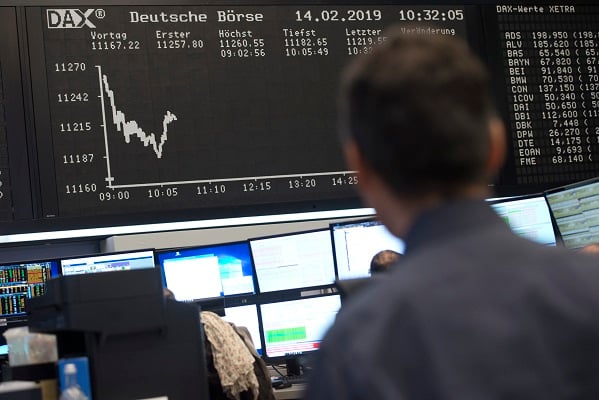In her smash 2003 hit ‘White Flag’, it was Dido who declared she would go down with the ship rather than surrender her love but investors in tech stocks, meme stocks like GameStop, cryptocurrencies and momentum-driven investments such as the ARK Innovations Exchange-Traded Fund could be forgiven for thinking it may be time to head for the life rafts as the rout continues.
AJ Bell Investment Director Russ Mould said: “The latest catalyst for a loss of faith – even in perceived inflation hedges such as cryptos – is the minutes from the last meeting of the Federal Reserve, which clearly hint that interest rates could go higher and do so faster than expected and that even a shift to a withdrawal of Quantitative Easing could be on the cards in 2022.
“There are several possible explanations for why higher inflation and then tighter monetary policy could be bad news for technology stocks, Cathie Wood’s ARK Innovations ETF and the rest, but the link between the two trends make more sense than many expect.”
The last decade has been characterised by low inflation, low growth and low interest rates. In that environment, long-duration assets, bonds and growth stocks (companies seen as capable of generating increases in sales, profits and cashflow almost whatever the weather) have been highly prized and performed strongly. If that environment is now changing, it would be logical to expect those assets to do less well. In theory, high inflation, faster (nominal) growth and higher interest rates would persuade investors to look at short-duration assets, such as commodities, cyclicals and ‘value’ stocks.
If inflation means there is plenty of growth around now – ‘jam today’ – then there is no need to pay high premium valuations for the ‘jam tomorrow’ offered by the disruptors that feature so heavily in ARK Innovations ETF and the NASDAQ Composite and the NASDQ 100 indices, because growth is no longer so scarce. This would again lead investors toward cyclical stocks like industrials, banks, oils and miners that have underperformed for years and trade on much lower valuations as a result, and lead them away from tech and biotech stocks which have outperformed and are highly valued as a result.
There is a more direct mathematical impact upon the valuations of growth stocks. Either because they do not make a profit now, or because the vast bulk of their profits and cashflows will be made much further out in the future, this type of company is often valued using a discounted cashflow model (DCF). Based upon assumptions concerning long-term growth rates, operating margins and capital investment needs, a DCF attempts to quantify how much cash a company will generate over ten, twenty or thirty years, or even its entire lifetime.
This aggregate future cashflow is then ‘discounted back’ using an assumed interest rate to generate the value of the future cash in today’s money. This sum is known as the net present value (NPV) and, once adjusted for any cash and debt on the balance sheet, represents the theoretical value of the company and its equity.
Quite simply, the lower the discount rate used, the greater the NPV of future cashflows, which is why long-term growth stocks have thrived over the last ten years (when interest rates have effectively been near zero).
However, the opposite is now starting to apply: higher interest rates mean a lower NPV as the value of the future cashflow is discounted back more aggressively.






Leave a Comment